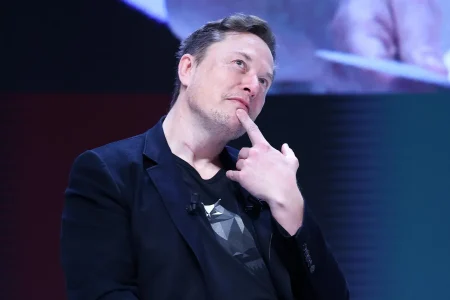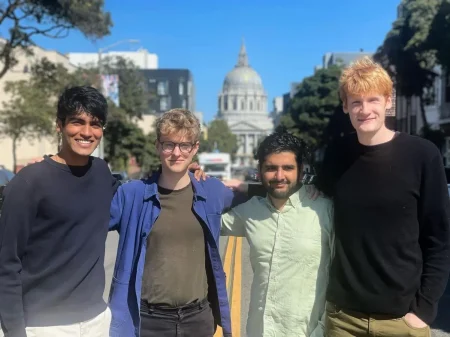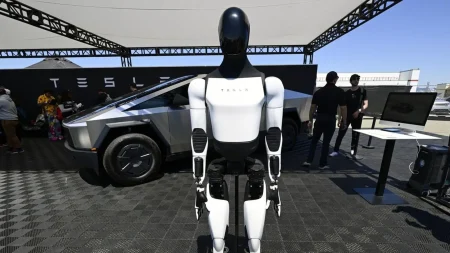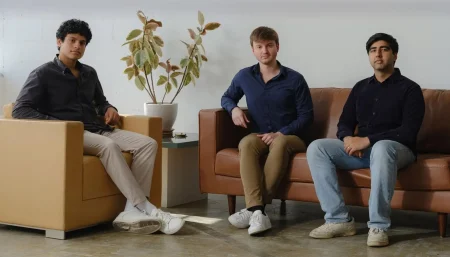OpenAI’s Costly Expansion Into AI Video: A Financial Gamble
In a bold but potentially precarious move, OpenAI is diving headfirst into the AI video generation market with its Sora application, despite concerning financial indicators. While the company recently projected an impressive annual recurring revenue run rate of $20 billion and boasts a valuation of approximately $500 billion, these figures mask a troubling reality: OpenAI lost more than $12 billion last quarter alone. The company’s financial trajectory suggests it’s currently spending more than twice what it’s earning, with a significant portion of expenses going toward powering its expanding AI offerings. This financial imbalance raises questions about the sustainability of OpenAI’s business model, particularly as it introduces more resource-intensive products like Sora that further strain its bottom line.
The September 30th launch of OpenAI’s Sora video creation app for iOS devices marked an ambitious expansion of the company’s product lineup, garnering a remarkable 1 million downloads within just one week despite being invitation-only. By Halloween, the app had been downloaded 4 million times and was generating millions of 10-second AI videos daily. Users have created everything from fantastical security camera footage to controversial celebrity deepfakes and bizarre commercial parodies. While this rapid adoption demonstrates strong public interest in AI video generation, it comes with an astronomical price tag. According to Forbes estimates, OpenAI is spending approximately $15 million per day—or more than $5 billion annualized—to maintain this service, a figure that OpenAI’s own head of Sora, Bill Peebles, acknowledged represents “completely unsustainable” economics.
The steep costs associated with Sora stem from the inherently complex nature of video generation compared to text models like GPT-5. While generating approximately 750,000 words through GPT-5 costs around $10, creating a single 10-second Sora video costs OpenAI approximately $1.30. This higher expense results from processing four-dimensional data (three spatial dimensions plus time) while ensuring actions remain coherent across dozens of frames per second. The process is computationally intensive, with estimates suggesting each video generation requires about 40 minutes of total GPU time, or 8-10 minutes spread across four GPUs running simultaneously. With an estimated 11.3 million videos being generated daily (assuming 25% of Sora’s 4.5 million users create an average of 10 videos per day), the costs quickly accumulate to nearly $15 million daily, not including videos scrapped for violating guidelines or drafts that use credits without being posted.
OpenAI’s strategy of offering free AI video generation represents a classic technology sector approach: prioritizing market share and user engagement over immediate profitability. This “land grab” mentality aims to establish dominance in the emerging AI video space before competitors can gain significant traction. As Lloyd Walmsley, an analyst at Mizuho who covers Meta and Google, explains, “It’s a classic internet playbook to not focus on the costs initially so much as building an audience and building engagement because we’ve seen time and again, these companies can figure out ways to monetize this engagement.” There’s also an expectation that the computational efficiency of video generation will improve dramatically over time. Analyst Deepak Mathivanan of Cantor Fitzgerald projects that inference costs for video models could become five times cheaper by next year and improve by an additional factor of three by 2027.
Beyond establishing market dominance, OpenAI’s free Sora access serves several strategic purposes that may eventually translate to financial benefits. The millions of user-generated videos provide valuable training data for improving OpenAI’s models, particularly when users don’t opt out of allowing their data to be used for this purpose. The text prompts paired with these videos are especially valuable for training future AI systems. Additionally, once monetization begins, OpenAI could potentially target professional filmmakers, advertising agencies, and other commercial users willing to pay premium prices for high-quality AI video generation. The substantial compute costs OpenAI is currently incurring can also be leveraged as tax deductions, reducing the newly-for-profit company’s taxable income when it eventually achieves profitability.
Despite these potential long-term benefits, the unsustainable economics of free AI video generation have prompted OpenAI to signal that this generous offering will soon end. CEO Sam Altman has acknowledged the financial reality, stating, “There’s so much usage where people are just making funny memes to send to their three friends and that there is no ad model that can support the cost of that kind of a world.” The company’s challenge moving forward will be transitioning from its current customer acquisition phase to a sustainable business model without alienating its rapidly growing user base. This balancing act represents one of the most significant tests of OpenAI’s business acumen to date, as it attempts to transform technological innovation into financial viability in the rapidly evolving AI marketplace.















